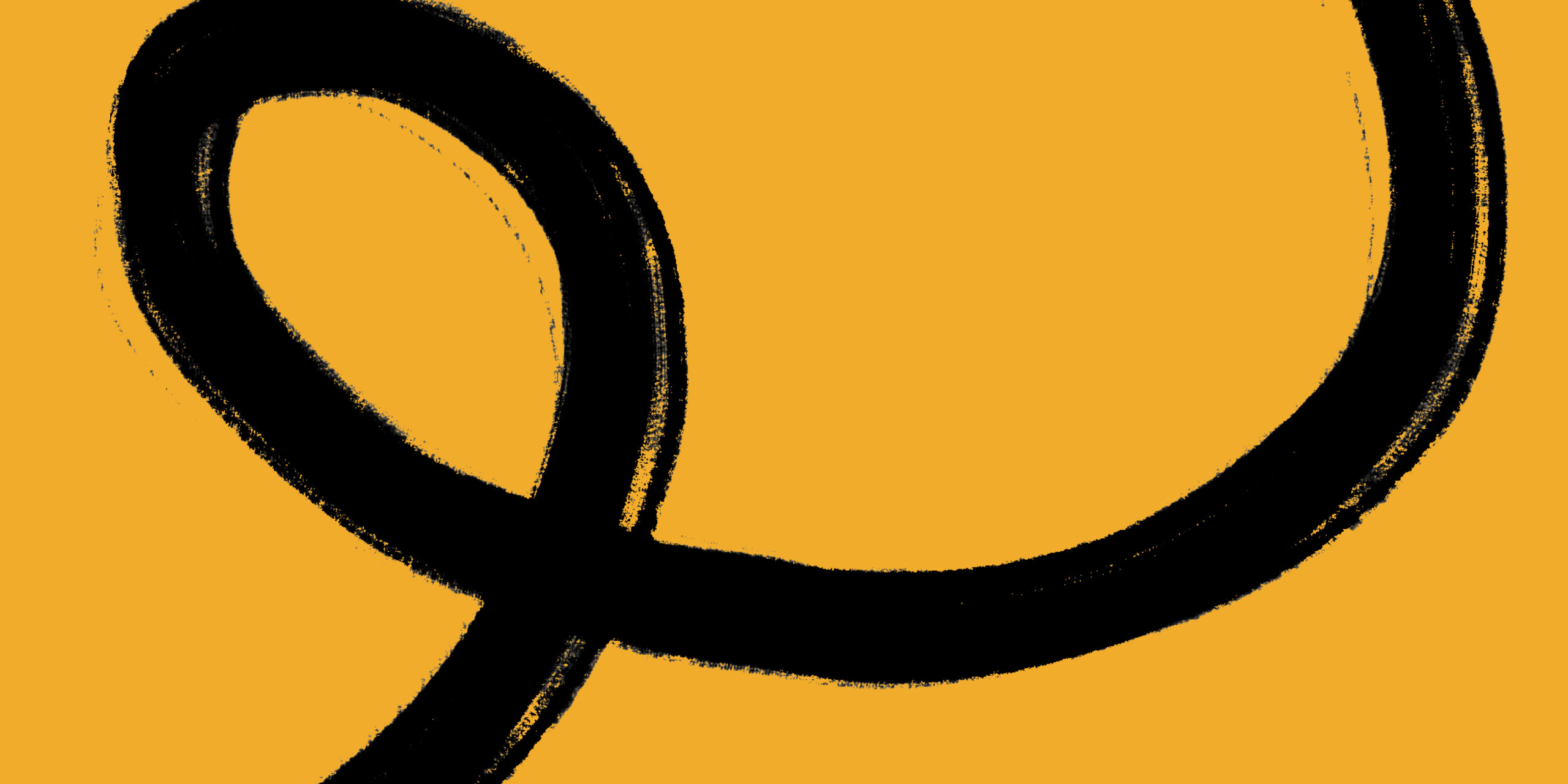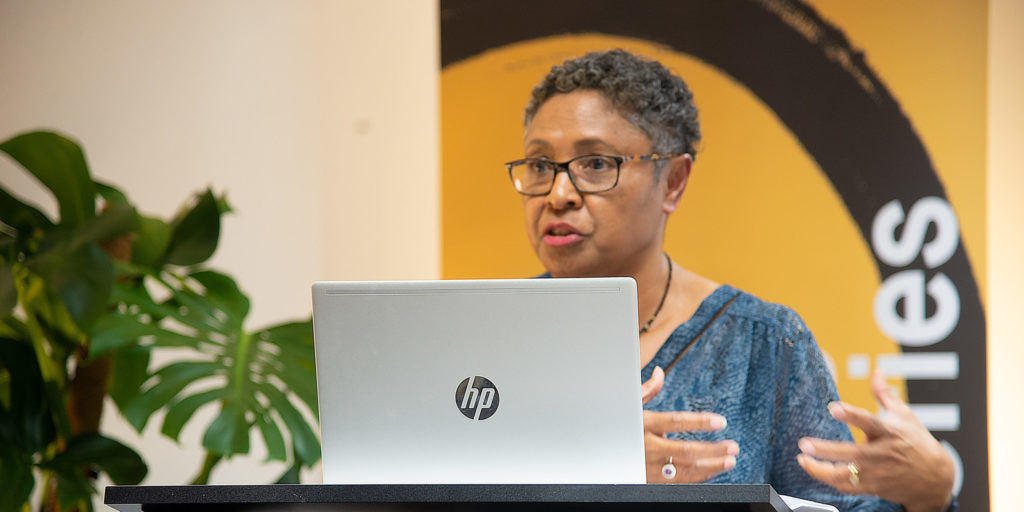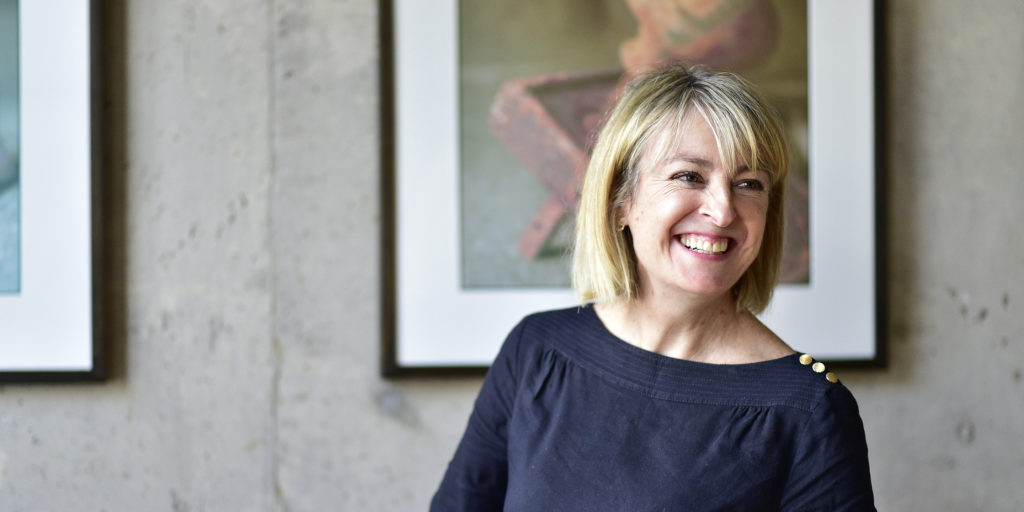
First Nations Speaker Series with Dr Leah Lui-Chivizhe
Ongoing Responsibilities and Findings Answers
In May 2021, Dr Leah Lui-Chivizhe presented the first talk of the First Nations Speaker Series, a collaboration between GML Heritage and the ANU Research Centre for Deep History.
In this talk, she engaged with some of the challenges of working with collections gathered during colonisation—specifically ancestral remains—and the unresolved issues this creates for First Nations people.

Dr Leah Lui-Chivizhe in May 2021
In 1875, William John Macleay visited Erub, in the Torres Strait, as leader of the Chevert expedition. His relatively short voyage, lasting less than five months with approximately 60 days of collecting, yielded an astonishing amount: he brought thousands of natural history specimens back with him. The expedition spent only two weeks in Erub, where they dredged for sea life, including shells, fish, and coral, collected about 100 cultural objects including a turtle shell mask, and also, most disturbingly, collected human materials. This included the mummified body of a man, and thirteen human skulls.
This entire collection now sits at the University of Sydney, which has not yet repatriated the ancestral material to Erub.
What, Lui-Chivizhe asked, is to be done with the collection?
In re-visiting Macleay’s voyage, and Erubam le memories of his visit and knowledge of the collection, Lui-Chivizhe re-contextualised the expedition by placing it within the history of Erub. Macleay arrived there during what was, to Erubam le, the season of Sager, a time of trade and ceremony. It was therefore no surprise when the winds blew the Chevert in, and the Erubam le were ready for strangers to arrive and prepared to make exchange with them.
But this was no ordinary year. In 1875, a measles epidemic had spread across the Pacific and, when a London Missionary Society vessel travelled around the Torres Strait Islands, carrying a group of Islanders teachers to spread the light of Christianity, they also spread the threat of disease across the region. Macleay arrived on Erub to find a community devastated and in mourning, struggling with the death of a substantial proportion of the population.
Placing the collection in these local contexts, which are also regional, international, or imperial contexts, helps make sense of the relationships between collecting and colonialism, and present day relationships to histories and heritage. As Lui-Chivizhe told us, Erubam le today are aware of the removal of their ancestors and their estrangement from stories of and from Erub. They want to return them both to a final safe resting place and to a different historical context, to Torres Strait Islander history and heritage.
“Do you think”, Lui-Chivizhe was asked by her uncle, that “universities or museums will ever be finished with our things and old people?”
The question hangs unanswered; a reminder to us of the importance of the work of return.
– Author: Ben Silverstein, ANU Research Centre for Deep History
